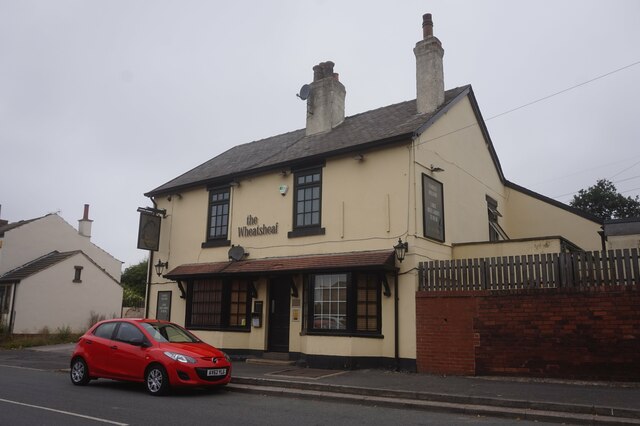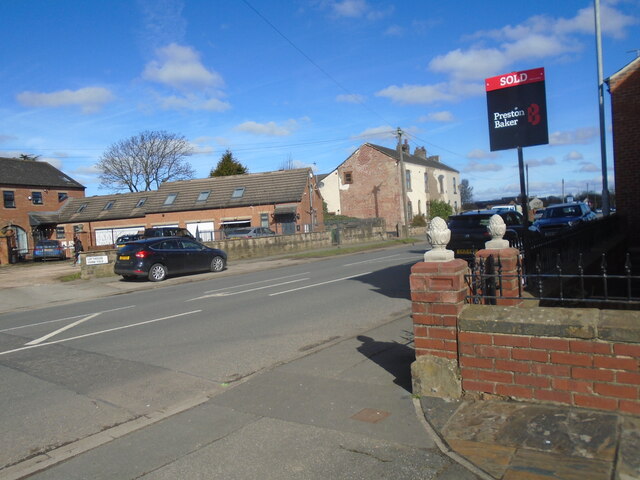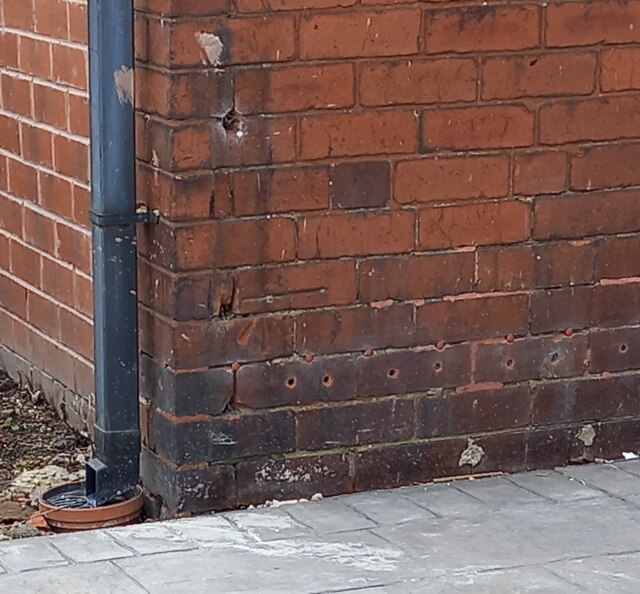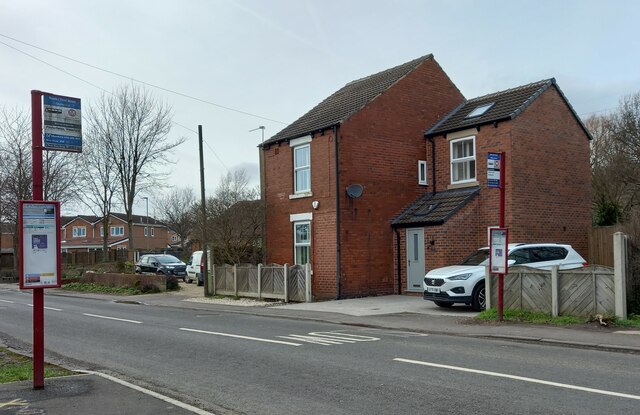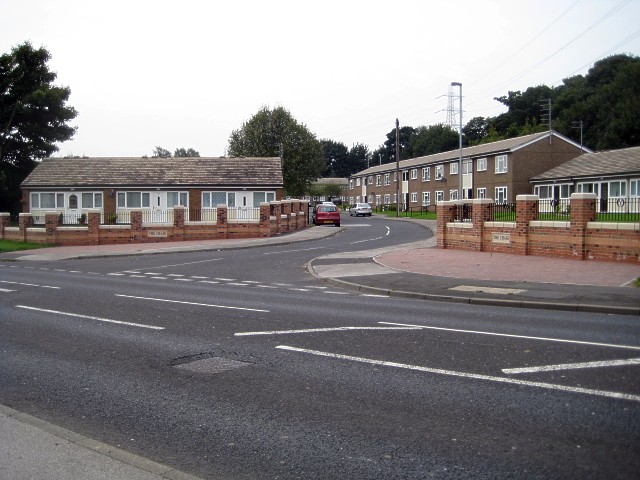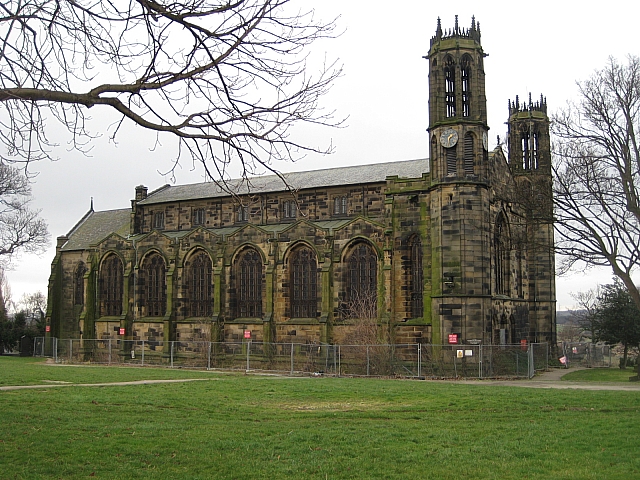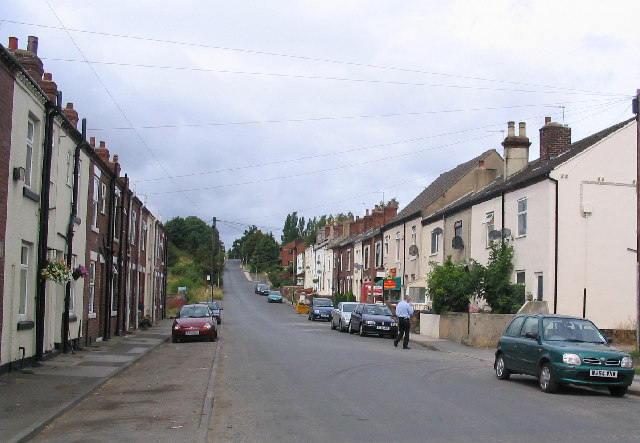Patrick Green
Settlement in Yorkshire
England
Patrick Green

Patrick Green is a small hamlet located in the county of Yorkshire, England. Situated in the eastern part of the country, it falls within the administrative district of North Yorkshire. The hamlet is nestled amidst picturesque countryside, surrounded by rolling hills, lush green fields, and charming farmland.
With a population of around 100 residents, Patrick Green has a close-knit community that fosters a friendly and welcoming atmosphere. The hamlet consists mainly of traditional stone-built houses and cottages, which add to its rustic and idyllic charm.
Despite its small size, Patrick Green benefits from its proximity to nearby towns and villages, providing residents with access to amenities and services. The hamlet is conveniently located near the town of Malton, which offers a range of facilities including shops, schools, healthcare services, and recreational activities.
The area surrounding Patrick Green is renowned for its natural beauty and offers numerous opportunities for outdoor pursuits. The Yorkshire Wolds, an Area of Outstanding Natural Beauty, is within easy reach, providing residents with scenic walking and cycling routes, as well as opportunities for wildlife spotting.
Overall, Patrick Green offers a tranquil and peaceful lifestyle, away from the hustle and bustle of urban areas. Its stunning surroundings, close community, and convenient location make it an attractive place to live for those seeking the charm and beauty of rural Yorkshire.
If you have any feedback on the listing, please let us know in the comments section below.
Patrick Green Images
Images are sourced within 2km of 53.727664/-1.4726227 or Grid Reference SE3425. Thanks to Geograph Open Source API. All images are credited.
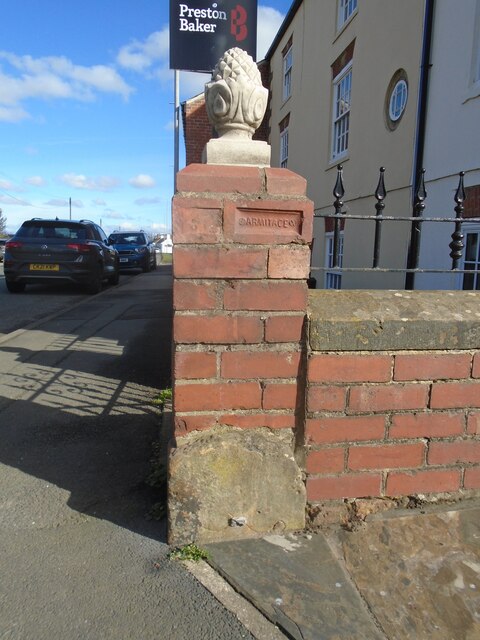




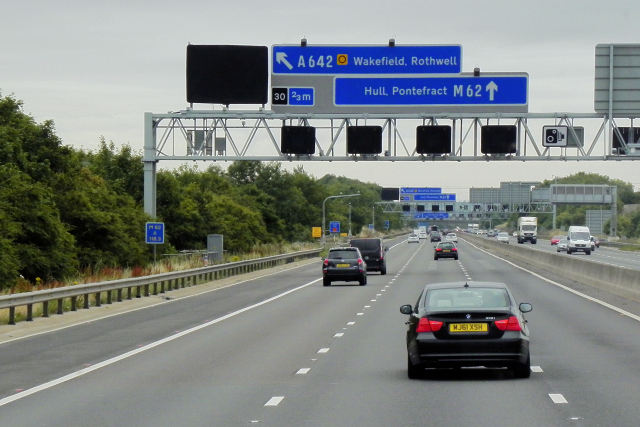
Patrick Green is located at Grid Ref: SE3425 (Lat: 53.727664, Lng: -1.4726227)
Division: West Riding
Unitary Authority: Wakefield
Police Authority: West Yorkshire
What 3 Words
///allow.member.spit. Near Lofthouse, West Yorkshire
Nearby Locations
Related Wikis
Stanley (West Yorkshire) railway station
Stanley railway station on the Methley Joint Railway served the village of Stanley east of Outwood, Wakefield, West Yorkshire. Some early railways already...
St Peter's Church, Stanley, West Yorkshire
St Peter's Church in Stanley, Wakefield, West Yorkshire, England was a Church of England church. The church opened in 1824, closed in 2001 and after falling...
Oulton Academy
Oulton Academy (formerly Royds Academy, Royds School), founded in 1956, is a co-educational secondary school located in Leeds, West Yorkshire, England...
Bottom Boat
Bottom Boat is a village in the Wakefield district of West Yorkshire. In the 2011 United Kingdom census, its population was 1,169, and it was included...
Nearby Amenities
Located within 500m of 53.727664,-1.4726227Have you been to Patrick Green?
Leave your review of Patrick Green below (or comments, questions and feedback).

